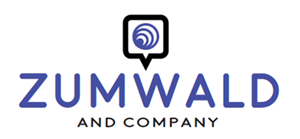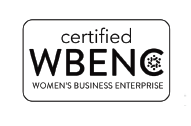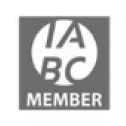Speechwriting 101 (in three easy steps)

Do you need a speechwriting 101 process that helps you decide early on – with confidence – what you want and need to say?
A chief executive I’m working with on speeches, speech coaching and executive communications forwarded this email to me a couple weeks ago. It was a speaking invitation from another executive on his team:
“We’re meeting with the vice presidents in a few weeks. We were wondering if you would come and talk to them for about an hour on any topic you’d like to discuss? About something you feel is important right now?”
- When you get an invitation like this – when the door is wide open, and your speech topic is not defined – how do you respond?
- How do you decide what you’ll talk about?
- Do you follow a speechwriting process that helps you begin to frame your ideas?
Luckily, this chief executive and I had already been working together to draft new content for a rather hot (read: internally debated) topic that could be of real interest to these vice presidents – if it was presented in a way that resonated with them and what they care about.
So the chief executive and I met to brainstorm.
His time (as usual) was limited, so I used my AIM Method: a speechwriting 101 process that helped us get to the crux of the matter quickly.
If you have trouble getting started with a speech or presentation, and you are looking for a speechwriting process that helps you decide early on – with confidence – what you want and need to say, give the AIM Method a try.
AIM Method

A – is for Audience
The goal: To analyze your audience so you can decide how to best connect with them when you speak.
Some specific questions I asked the chief executive:
- Who are these vice presidents, exactly? What are their goals? Concerns? Daily challenges?
- What’s unique about this group compared to other groups you might speak to?
- Why should they care about this hot topic we’ve been working on lately?
I – is for Intentions
The goal: To identify your intentions upfront. What outcomes would you like to see?
Some specific questions I asked:
- Why do you want to take the time to speak to this group of vice presidents?
- Relative to this hot topic: What do they think about it right now? How do you want their thinking to change after you speak?
- Relative to this hot topic: How do they behave right now? How do you want their behavior to change after you speak?
M – is for Message
The goal: To commit to a solitary message.
Some specific questions I asked:
- What are the top three messages or ideas you want these vice presidents to know and remember?
- Of these three messages or ideas, which one is the most important? And why?
- What’s at stake if these individuals don’t internalize and act upon your most important message?
Our brief discussion – based on these simple questions – resulted in pages of notes: everything I needed to take AIM and draft a detailed outline for this chief executive’s upcoming speech.
What questions do you immediately ask yourself when a speaking invitation lands in your inbox?
Do you follow a speechwriting 101 process right out of the gate so you can avoid false starts, do-overs and endless rewriting?

















